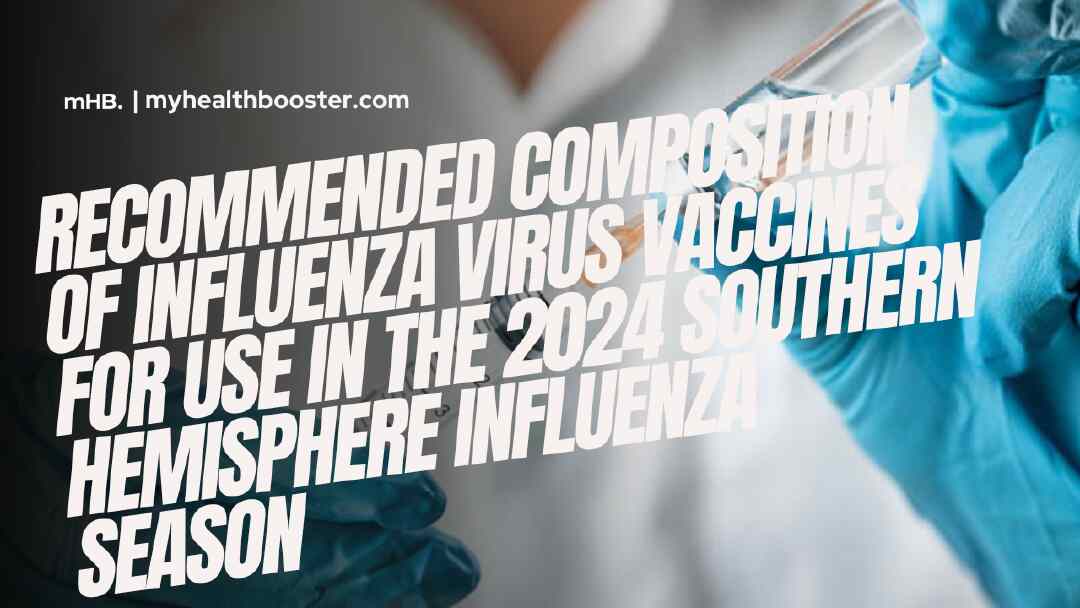The World Health Organization (WHO) has unveiled its recommendations for the viral composition of influenza vaccines slated for the 2024 influenza season in the southern hemisphere. This announcement comes as the culmination of a 4-day meeting focusing on the Composition of Influenza Virus Vaccines, a biannual event organized by WHO.
These crucial consultations gather a panel of experts from WHO Collaborating Centres and WHO Essential Regulatory Laboratories. Their mission is to scrutinize data from influenza virus surveillance, generated by the WHO Global Influenza Surveillance and Response System (GISRS). The resulting recommendations serve as guiding lights for national vaccine regulatory agencies and pharmaceutical companies, shaping the development, production, and licensing of influenza vaccines for the upcoming influenza season.
The need for periodic updates to the viral components of influenza vaccines arises from the ever-evolving nature of influenza viruses, particularly those that affect humans. These changes are essential to ensure the continued effectiveness of these vaccines.
For the 2024 southern hemisphere influenza season, the WHO suggests the following compositions for trivalent vaccines:
For Egg-Based Vaccines:
- A/Victoria/4897/2022 (H1N1)pdm09-like virus
- A/Thailand/8/2022 (H3N2)-like virus
- B/Austria/1359417/2021 (B/Victoria lineage)-like virus
For Cell Culture- or Recombinant-Based Vaccines:
- A/Wisconsin/67/2022 (H1N1)pdm09-like virus
- A/Massachusetts/18/2022 (H3N2)-like virus
- B/Austria/1359417/2021 (B/Victoria lineage)-like virus
Moreover, the WHO recommends that quadrivalent vaccines (both egg- and cell culture-based or recombinant) for the 2024 southern hemisphere influenza season should incorporate the following component from the B/Yamagata lineage:
For Quadrivalent Vaccines:
- B/Phuket/3073/2013 (B/Yamagata lineage)-like virus
These recommendations underscore the meticulous surveillance and response efforts required to address the dynamic and ever-changing landscape of influenza viruses, ensuring the continued protection of public health.
